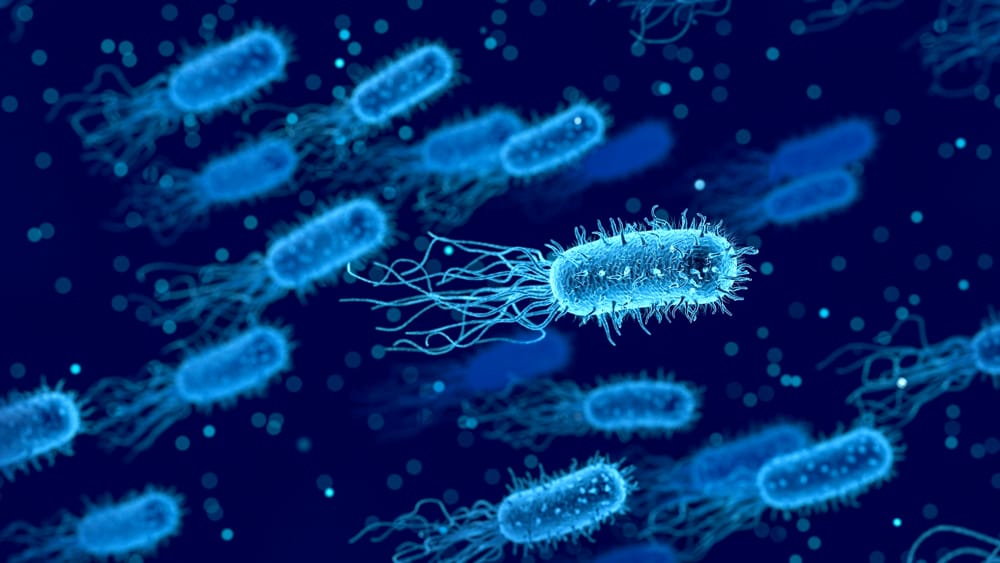Even as a result of the fake, which has become viral, on alleged patients hospitalized for Listeria in the province of Arezzo, the ASL immediately clarifies that there is no case either in Arezzo or in Siena or in Grosseto and takes the opportunity to clarify what citizens are saying. is Listeria and how to prevent it. Although few have probably heard of it before, Listeria is a well-known bacterium, for which the Prevention Departments of the ASLs have active surveillance and sampling programs on the foods most at risk. A Listeria infection can present in humans in different forms. If foods with a high microbial load are consumed, it is possible, after an incubation of 6 to 40 hours, to manifest a febrile gastrointestinal syndrome with diarrhea, abdominal pain and myalgia. In these cases, the disease goes away without antibiotic treatment after one or two days.
Much more serious may be the so-called “invasive” listeriosis, which occurs mainly in predisposed subjects (pregnant women-fetuses-newborns, immunocompromised subjects, leukemic patients, the elderly).
Pregnant women
In pregnant women suffering from listeriosis, the microorganism is localized in the cervix, amniotic fluid and placenta and the symptoms are represented by fever, tremors, migraine and in 20% of cases an abortion can also occur, especially in the first period of pregnancy. Early deliveries and neonatal infections are possible.
In elderly subjects
On the other hand, invasive listeriosis affecting elderly or immunosuppressed subjects have an extremely variable incubation period (from 3 to 70 days) and are typically characterized by bacteremia, often associated with involvement of the central nervous system: meningitis, meningoencephalitis, rhombencephalitis and brain abscesses. . The deaths reported in the press in recent days are among these subjects.
But what is Listeria?
Listeria is a bacterium that resists low, high temperatures and drying very well. In particular, it multiplies at temperatures between – 1.5 ° and 45 ° C; therefore, unlike most pathogenic germs, it is able to multiply even in food stored at refrigeration temperature (4 ° C). In milk it is inactivated in 10 seconds at 72.3 ° C (pasteurization temperature) and in 1 second at 85 ° C. It also tolerates high salt concentrations well.
How does the transmission take place?
The transmission of the infection occurs mainly via food, although there are known cases of disease in humans due to contact with infected animals (especially cattle, sheep and pigs), in the professionally exposed categories.
Due to its remarkable resistance to adverse conditions for other bacteria, and thanks to particular survival mechanisms, such as the formation of biofilms and the arrangement in niches, Listeria can persist for a long time in food processing environments which, in turn, can represent sources of food contamination.
In industrialized countries, Listeria is considered among the main contaminants of the food supply chain and food processing environments, at all levels of the production and consumption chain and it is possible to find it in both raw and processed foods, contaminated during and / or after processing, and can be present in foods of a heterogeneous nature, such as, for example, smoked fish, raw meat, all pates, soft cheeses (especially moldy), fresh vegetables.
What are the foods most at risk?
The foods most at risk of contamination are those with a high degree of processing (sliced, ground, portioned) and long periods of seasoning at low temperatures (for example, gorgonzola), but the possibility of recontamination of any type of food must also be considered after a treatment such as pasteurization.
What prevention rules?
The Ministry of Health invites consumers to pay maximum attention to the correct methods of preservation, preparation and consumption of food and in particular recommends to strictly follow the instructions on the package, without ever consuming raw foods for which the indication “to be eaten after cooking “, such as the sausages responsible for the poisoning in recent months.
It is also of particular importance
– when handling food, wash your hands frequently, frequently clean all surfaces and materials that come into contact with them (utensils, small appliances, refrigerator, dishcloths and sponges);
– store raw, cooked and ready-to-eat foods in the refrigerator separately and in closed containers in order to avoid cross-contamination;
– cook the food well, faithfully following the manufacturer’s instructions on the label;
– do not prepare the food to be consumed after cooking too much in advance (if not, keep it in the fridge and reheat it before consumption);
– do not use the same cutting board or the same tools to process raw and cooked foods;
– wash cloths and towels frequently;
– do not leave perishable foods at room temperature and respect the storage temperature indicated on the label.
